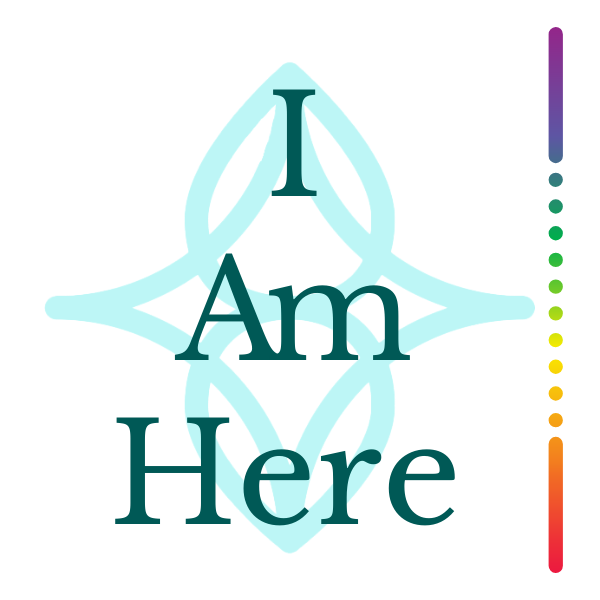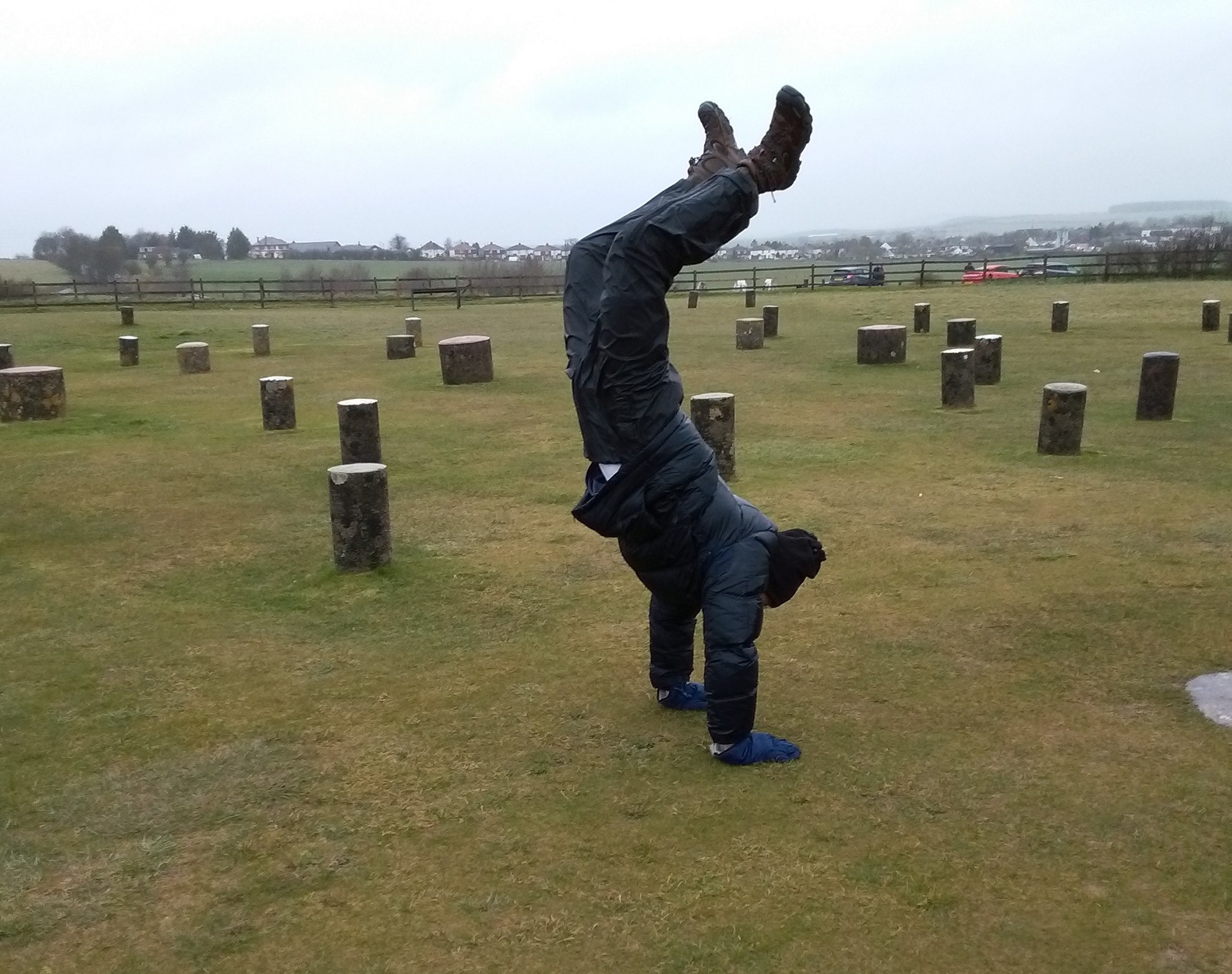Meditation and prayer have been likened to a form of listening. Since there is no real silence, when quietly listening we hear the sounds of the environment, and the internal sounds of the breath, heart beat and electrical sounds.
 Meditation traditions describe a hierarchy of internal sounds. In these systems, different sounds are correlated with different regions of the brain and spinal cord plexus. Meditation on these neural centers at least increases bodily relaxation in these regions. The meditation traditions state that specific types of meditation experiences are increased using these sounds as techniques which focus on specific nervous system plexus. Unfortunately, there have been no brain studies of this type of activity. But, hopefully there will be soon.
Meditation traditions describe a hierarchy of internal sounds. In these systems, different sounds are correlated with different regions of the brain and spinal cord plexus. Meditation on these neural centers at least increases bodily relaxation in these regions. The meditation traditions state that specific types of meditation experiences are increased using these sounds as techniques which focus on specific nervous system plexus. Unfortunately, there have been no brain studies of this type of activity. But, hopefully there will be soon.
In all types of meditation, sounds are used – sometimes in the form of syllables, words, phrases and prayers usually in a repeated rhythm. If the purpose of meditation is to absorb the active mind so that an experience beyond thoughts can be obtained, then often sounds and a mental image are often both used at the same time.
The power of visualization in learning was described in the previous post related to the multisensory brain. There it was noted that combining visualization with a second concentration such as a physical movement makes the learning much more powerful. In the same way, visualization tied to rhythmic mantra is considered powerful in evoking deeper meditation states. Unfortunately, scientific studies have not reached this far.
Art suggests form with line and color. Poetry suggests form. Music does not have this form. Lines and colors can inspire, fragrance can go even further. But music produces dramatic inspiration, ecstasy, and exultation without form.
Multi Modal Musical Spirituality
Music is able to stimulate ecstasy in a group of people. As with other effects of music noted in the post on neuroplasticity, combining several sensory and motor modalities makes the effects more powerful.
Several different forms of spiritual practice link movements to prayerful singing and mantra. These multi modal practices are noted to have powerful effects. Some traditions use group singing of specific spiritual phrases and mantras as a major form of practice for the community.
In gospel singing clapping, dancing and other body movements are tied to spiritual singing with dramatic effects.
The Sufi tradition of spiritual dance, with specific repetitive movements linked to mantras and rhythms, has been noted to stimulate ecstatic experiences. These repetitive rhythmic movements occur in a group dance at the same time as melodic singing and, at times, a gradually increasing tempo. Another practice involves a spinning form of dance with rhythm and mantra and also evokes very strong reactions. All of these utilize very strong multi modal neuroplasticity.
A different form of sound and movement involves physical hatha yoga combined with spiritual music, repetitive mantra or prayer. The combination of music, mantra and the yogic postures can also stimulate spiritual experiences.
Music Improvisation and Spirituality
When our ordinary day-to-day experience of “who we are” is altered through a variety of means, we are able to have extraordinary experiences (see posts on extraordinary experiences – super talents, out of body experience, psychedelics, spiritual). This same type of experience certainly occurs listening to very expert musical improvisation, where the performer and listener lose themselves in the rapture of the music and are transported to great emotional heights.
As has been stated before in several posts, our actions that produce neuroplasticity can be used for good or for evil. History has shown many examples of people brain washed by despots’ repetitive chanting and saluting while marching into a bad war.
On the flip side, prayerful mantra expressing spiritual meaning, with the power of melody, rhythm, and movement has been used to stimulate spiritual experience promoting increased compassion and love.
Read more on the author’s website.




